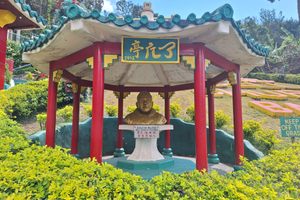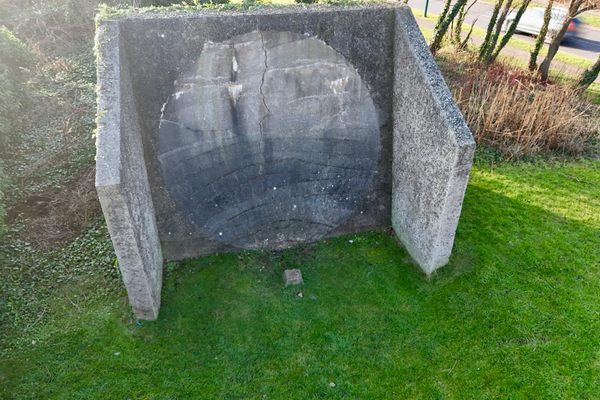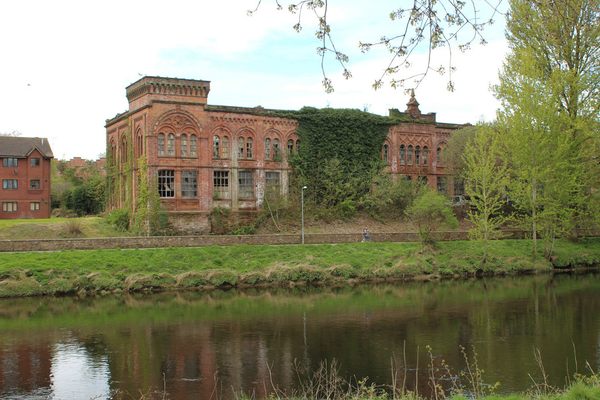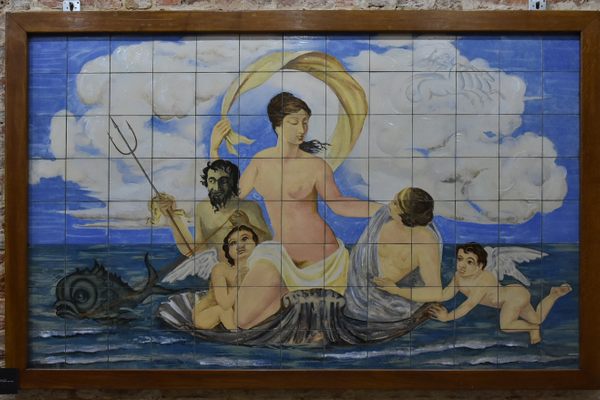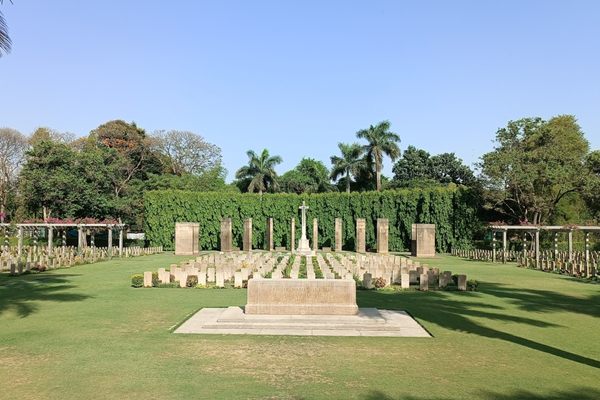About
In the city center of Baguio, just across the lower section of the famous Session Road, you'll encounter a rather old commercial complex. The cavernous five-story building is home to retailers of phone casing shops, fruit stands, souvenir items, and other household goods. There used to be a historic building on this site that still has some artifacts that you can see if you know where to look.
The Baguio Stone market was constructed in 1917 by German prisoners of war as a depot for traders. The walls were excavated, dug, and hauled from nearby quarries, hence the name. Laborers included Japanese builders, locals from Ifugao and the neighboring highland regions, and surprisingly some Germans interned in Baguio during World War 1.
The building was partially damaged by Japanese napalm bomb in World War II and was reconstructed in 1958. It finally met its sad fate when it caught fire in 1970.
The site was totally demolished in 1973 in favor of a 17-story hotel and commercial complex proposed by the Ministry of Human Settlements with Imelda Marcos at the helm. Civic groups and the Market Fire Victim's Association vigorously opposed the project. Construction ceased in 1978 and when it resumed, the plans were reduced to a modest five-story complex.
A stone carving of an eagle with an inscription of the year 1917 that once adorned the entryway is now the only remaining souvenir of the Baguio stone market. You can find the carved stone today on the ground floor above the main entrance of the Maharlika Livelihood Market.
Related Tags
Know Before You Go
Maharlika Livelihood Center is open from 8 a.m. to 6:30 p.m. everyday.
Community Contributors
Added By
Published
September 9, 2024











